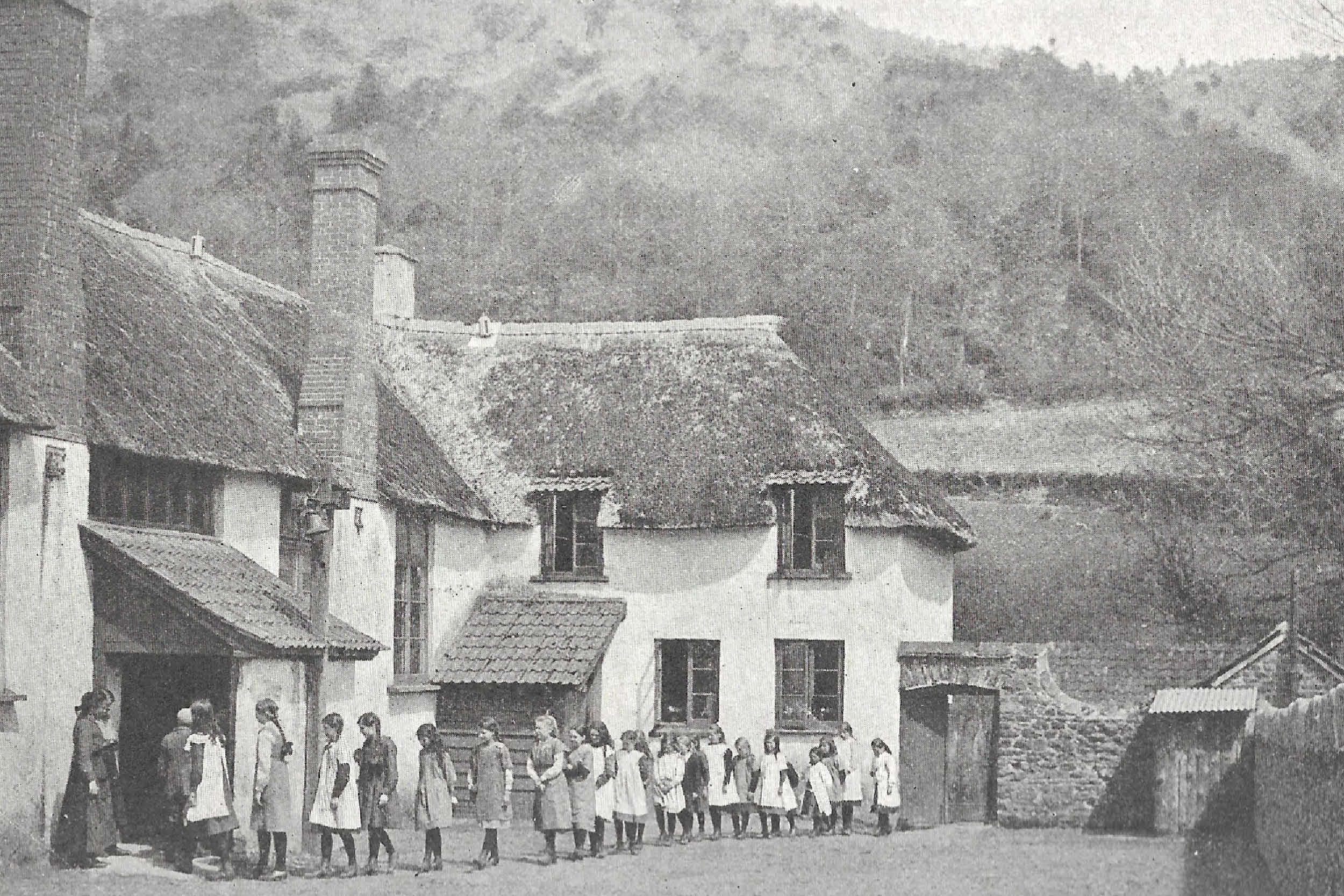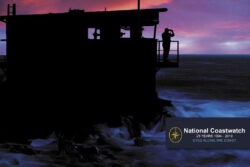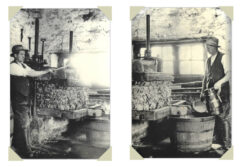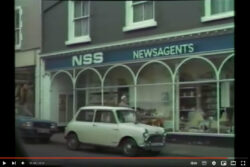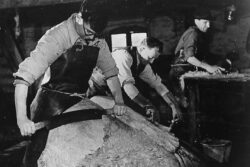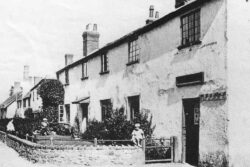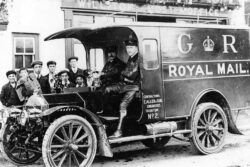200 years ago a new school was opened on July 9th 1821 in the village of Allerford thanks to the patronage of Sir Thomas Dyke Acland 10th Baronet. It was a thatched L shaped building with one large vaulted Schoolroom for all lessons and attached to it was a two storey Schoolhouse for the Head teacher and family. The first intake of children was 36 but in the early days truancy was a problem. Pupils took time off to follow stag hunts, go gleaning, pick berries, potatoes and collect wood. Many parents felt that these jobs were more important than going to school and some ended up at Dunster Magistrates to account for their children’s absences.
By the late 1870s the Schoolroom had become too small for numbers had grown, as children came from a wide catchment, so a barn beside the road was knocked down and the present School House built in 1882. The original one had its first floor removed and the ground floor became an Infant classroom and a kitchen. At the front was a gravelled boys’ playground with an earth closet toilet building on the right, whilst the girls’ play area was behind the Infants Room at the back. The building is one of few schools to have retained its thatch. In fact when the Queen visited West Somerset some years ago she commented that she had not realized that there were any thatched schools in England.
In 1873 complaints were made about the poor state of the brick floor and the down draughts in the stoves creating suffocating smoke which darkened the room. Nothing was done about it until the new School House was built when new stoves and chimneys were provided, also an Infants gallery. Light was provided by oil lamps, 2 in the Junior Room and 3 in the Big Room .Protests were made about the lack of slates, easels and blackboards and the need for two new 9 ft forms and desks.
An advert for a new Head at the school in 1877 read:
WANTED, immediately, for a mixed Village School, a certificated MASTER, with Wife or Sister for Infants and Needlework. Harmonium; choir; Sunday School. Salary £95,with house and garden. £5 additional for harmonium
and choir.
Once Mr Lilley resigned in 1892 after being reproved by the Managers for using unsuitable language and too severe use of the cane, things settled down and a school inspector’s report of later that year shows that the school was being very well run. Its report stated,
‘This is an excellent village school, well taught, organised and disciplined. The paperwork is especially neat and well set down.’
This will have pleased the new Headmaster Mr George Dewey. The good work was continued by William Labrun who was Head in 1897 when the school roll was 112 pupils and still getting good reports.
In the 1900’s wild flowers were sent to a school in Bermondsey, London by the Allerford children, at the suggestion of Lady Acland.
Fred Kent, son of the local Blacksmith and Farrier born on November 4th 1909 in Forge Cottage just 200 yds from the then called Selworthy School, records how he walked there for his first day’s education in September 1912 aged 2yrs. Mr Talbot was the Headmaster of 5 teachers and 100 pupils. He was sent to the Junior room and sat on the teacher’s lap until told to sit in a desk ‘for the present’ but the present never came ! He remembers a maypole ring of beach stones on the boys’ playground and playing rounders with the hand not a bat. His favourite game was ‘Cast Iron Donkey’ when one boy stood with his back against a wall with another bent over in front of him with his head in his stomach. One at a time the others would jump on to the second boy’s back until he collapsed. The one who carried the most won. Fred died aged 89 in 1998. He followed his blacksmith father into the business and practised for 65yrs. He worked with the British Olympic Equestrian team in 1952.
During the WW2 school numbers swelled due to an influx of evacuees billeted locally. This was when the school first provided school meals from its kitchen. Most evacuees went back but one who stayed on became a Professor of History at King’s College, London.
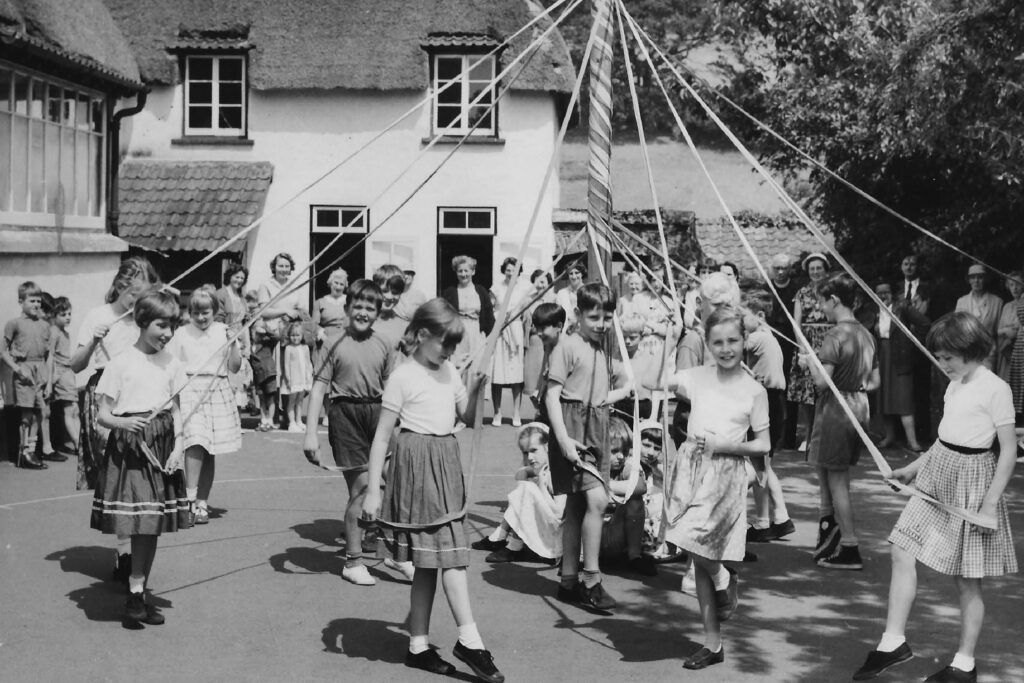
The C20 photo taken in 1962 shows the school’s annual tradition of Maypole dancing.
Miss Cecily Cooper, Head Teacher from 1940 -53, loved the area and wrote three books of her memories. During her Headship, in 1944, it was within the Rhododendron-decorated Schoolroom that Estate Tenants, their rags tied to the railings and their dogs running around the playground, witnessed Sir Richard Acland 15th Baronet transfer the Title Deeds of the Holnicote Estate over to the National Trust which then became owner of the School. Immediately after the War County Hall began to press for the school’s closure and for pupils to travel to Porlock.
Parishioners, managers and the Rector fought it and in 1951 the school became ‘Voluntary Aided‘. It was under threat again in 1960 but survived to celebrated its 150th Anniversary in 1972. With numbers down to only 12 in 1981 Allerford School finally closed its doors. Just two years later a plan was hatched to re-open it as a museum, which was officially opened by Lady Dunn in 1984.
This Museum houses a wonderful collection of bygone artefacts and is still receiving unusual items. Just recently it was given an implement for testing the heat in a hayrick. Also a 1950s Belling flying saucer shaped bed warmer. Thanks to a dedicated volunteer workforce the museum can still offer a Victorian School Room experience as well as two other indoor rooms and a range of outdoor displays.
There are still ex-pupils living in the area who continue to visit as well as those from away who make the journey for Open Days. New museum volunteers are always welcome. The school’s Bi-Centenary was marked with a pair of new front gates made by the Blacksmiths, forge next door.
Compiled by Sally Bainbridge on behalf of Minehead Conservation Society.
Buy the book! Minehead & Beyond
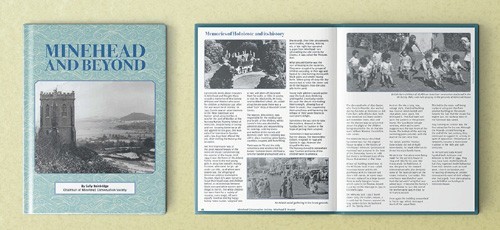
This book is a compilation of articles written for this magazine by Sally Bainbridge on behalf of Minehead Conservation Society. It contains information about the richness of West Somerset’s history; culture; people; heritage; traditions and beautiful and varied landscape. The book costs just Es and all profits go to Minehead Conservation Society.
Available to buy from AR Computing, Park Lane Home Furnishing (in their Park Lane shop), Minehead Tourist Information Centre and Townsend House (Monday am).
Office: Townsend House, Townsend Road, Minehead TA24 5RG (01643 706258) E-mail: [email protected]
